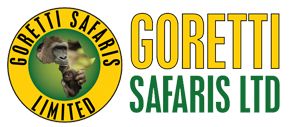White Rhinos once graced and grazed in Uganda’s Conservation Areas and National Parks. Due to political instability of the 70s and early 80s, they were all poached to total extinction. The last Rhino was killed in Kidepo Valley sometime in 1983. In 2005 and 2006 the first Rhinos were introduced in Uganda and transferred to their new home at the Ziwa Rhino Sanctuary. The sanctuary is situated close to Kampala – Gulu Road and it is now a popular stopover for safaris running to Murchison Falls National Park.
Pronounced as one of the most successful Rhino Breeding projects in the world; Ziwa Rhino Sanctuary is now home to about 15 Rhinos. A visit to a Rhino Sanctuary is a noble act because it supports the breeding project and the future prospect of reintroducing them to Uganda’s National Parks.
As an addition to the Rhinos experience, the sanctuary is also home to about 20 animal species and 300 bird species. Visitors may see animal species such as Uganda Kobs, Reed Bucs, Oribis, Rich Buck, Hippos and crocodiles among others. Very well trained and knowledgeable guides employ a network of trails as they lead guests to a little world of wildlife in the sanctuary.
The Rhino Sanctuary visit is a Day’s Trip and there is also accommodation at Amuka Lodge and Budget Camping for those who wish to overnight.
Distance from Kampala: 176kms.
The Rhino Sanctuary visit is a Day’s Trip and there is also accommodation at Amuka Lodge and Budget Camping for those who wish to overnight.
Distance from Kampala: 176kms.



